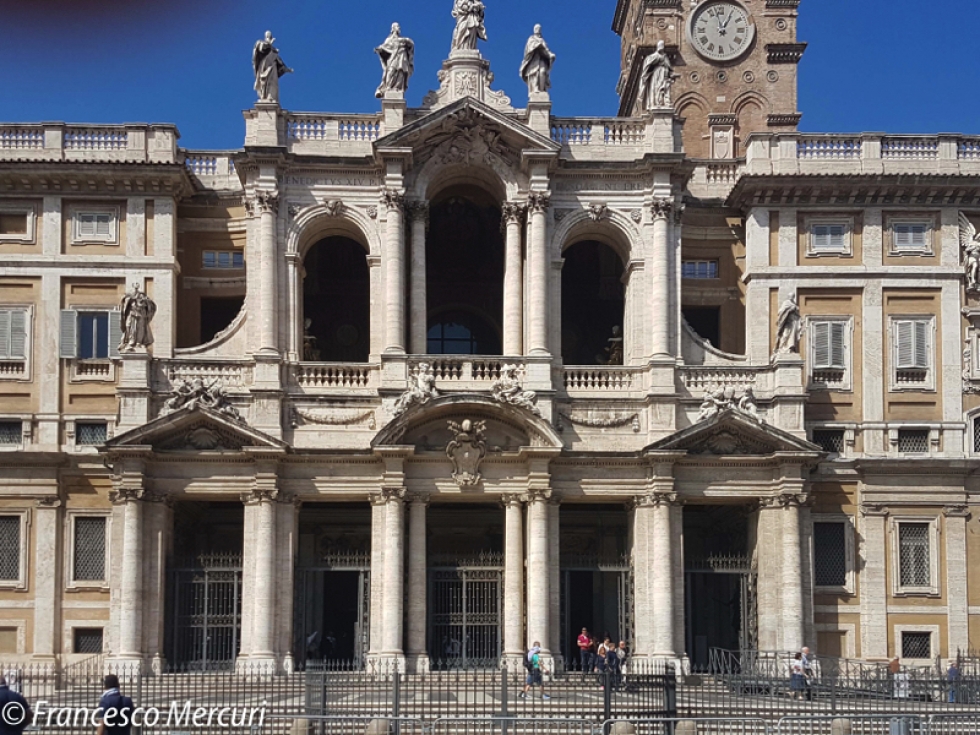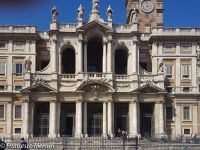One of the four papal major basilicas of Rome is the “Basilica of Saint Mary Major”, the biggest church worldwide dedicated to the Virgin Mary. It was erected in 432 A.D. by will of Pope Sixtus III to celebrate Mary as the Mother of God – so proclaimed in the 431 A.D. Council of Ephesus - . Throughout the centuries it has seen different transformations and hosted important and copious treasures and art works.
However, the interesting part that we should analyze concerns the peculiar legend behind its foundation. The Basilica of Saint Mary Major was wrongly called “Liberian” or “Saint Mary of the Snows” (Sanctae Mariae ad Nives) for centuries. According to the legend on the 4th of August (352 A.D.) Pope Liberius had a strange dream in which the Virgin Mary told him that – the day after – an incredible event should have happened in a certain place and that he would had to build there a big church dedicated to her. An old couple of patricians had the same dream. They had already decided to donate their notable possessions to the church for the realization of a religious place in honor of Mary. The next morning – at the height of the Roman Summer – the Esquiline Hill was covered in snow. It was a very unusual and special occasion: that year it never had snow before in Rome! The couple and the Pope met by chance on the hill and told each other their dreams, finding them incredibly identical even in the smallest of details. That was the divine sign: the basilica was to be built in that place and the two patricians must have helped the project with their money. They then started to trace the enormous map of the church on the snow which was – with its white immaculate blanket – symbol of pureness and of the unmistakable presence of Virgin Mary. That’s why the church is also called ‘Saint Mary of the Snows’. This legend spread through the centuries and became very popular all over the world – today in only Italy lots of towns and cities has Mary of the Snows as their patron saint - . In the apse of the basilica there is a low relief that clearly depicts this fantastic story. The work is to be dated back to the second half of the XV century and it described Pope Liberius - surrounded by a big crowd – tracing the foundations of the holy building. Mary of the Snows is also the main character of a painting in the Paulin Chapel – so called because it was erected by will of Pope Paul V at the beginning of the XVII century –which is one of the most spectacular setting of the entire church. This painting is also called “Protectres” (Salus Populi Romani, literally ‘Health of the Roman people’) because lots of popular miracle events are attributed to the saint. An interesting fact: every 5th of August, pink rose’s petals are tossed from the dome of the Paulin Chapel – creating a very suggestive ‘flowerfall’ – in order to recall the miraculous snowfall and the myth of Saint Mary Major. A legend which is still strong it the hearts of the Roman people.
Giuseppe Rosselli












